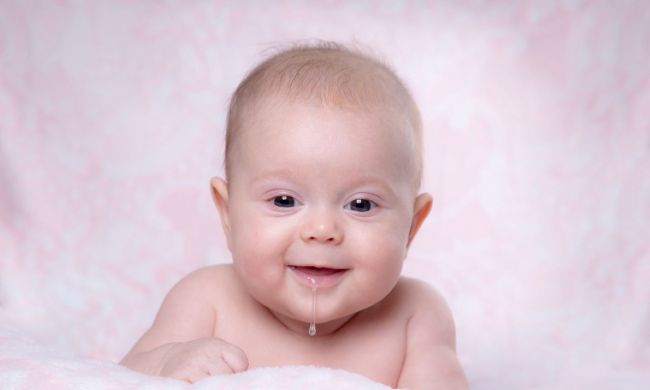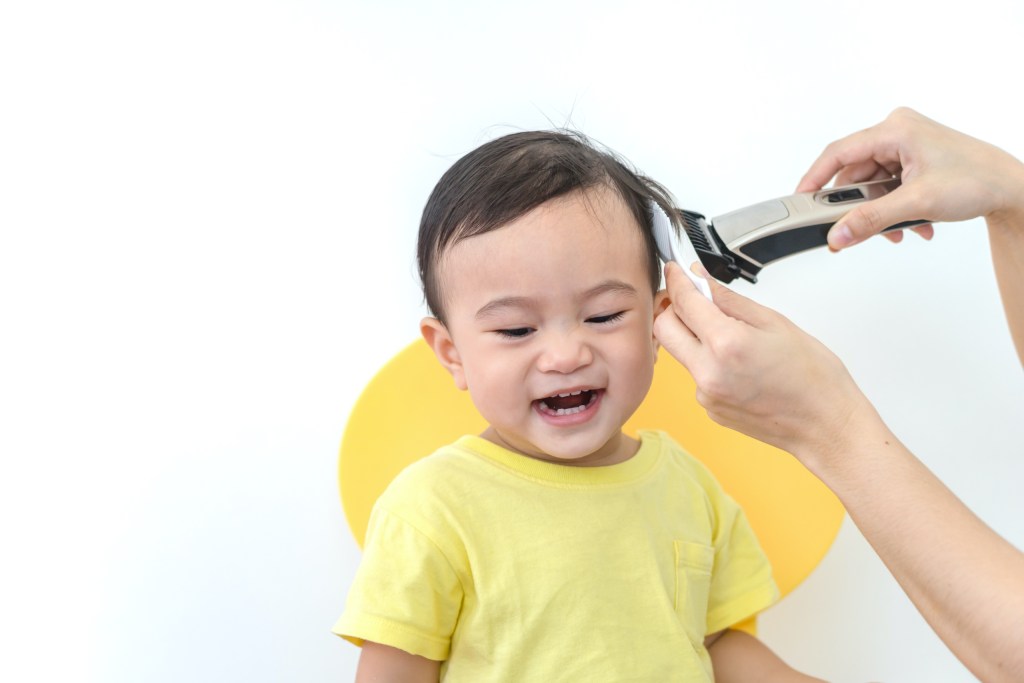
The first year of your child’s life is filled with exciting milestone moments, like their first smile, learning how to crawl, and taking their first step. For most parents, that first snip of hair is another milestone that is just as celebratory and emotional. The notion of cutting your baby’s hair for the first time could bring parents and baby to tears.
Whether you choose to trim your baby’s hair yourself or take them to a trusted professional, you may wonder when baby gets their first haircut. If you think your little one is ready for their first styling, we have tricks and tips to help make the experience enjoyable for everyone — with limited tears involved.
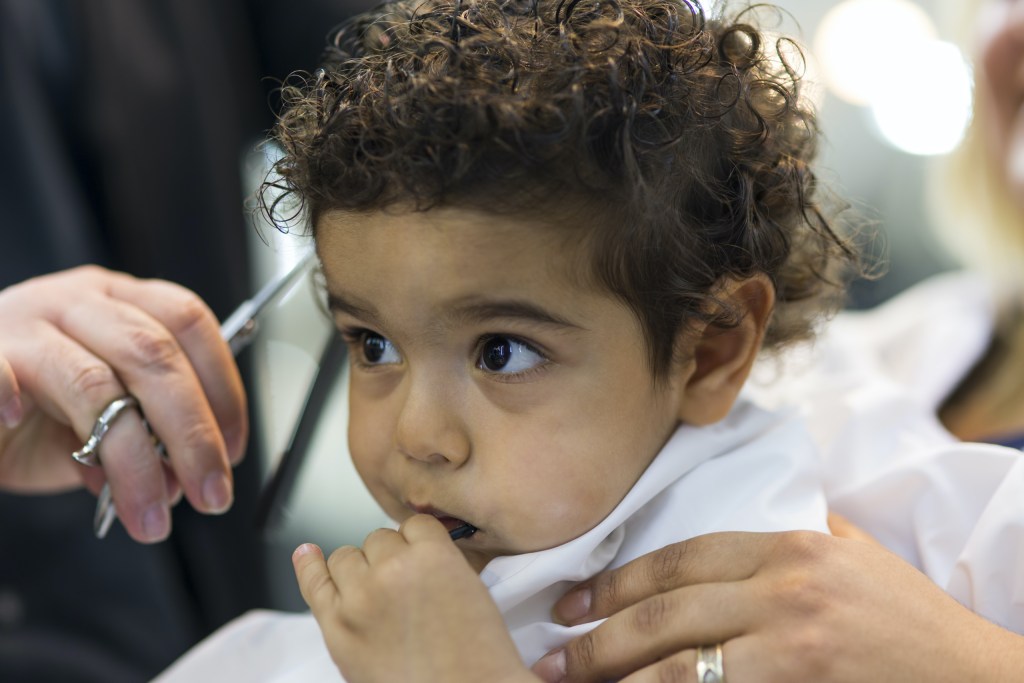
When babies get their first haircut
While you might have a standing appointment at the hair salon for yourself, knowing when to manage your child’s first haircut experience is a little different. When your baby will need their first haircut will often depend on how much hair they’re born with. Some babies are bald for months (or even years) after birth, while others come out of the womb with a full head of the most luscious hair.
A baby’s first haircut timeline also depends on your family’s cultural background. Some cultures cut an infant’s hair sooner, and others don’t do a haircut until the child’s first birthday.
Experts suggest you wait to cut your baby’s hair until they’re able to hold their head up on their own, so at least 6 months old. You may also want to ask your child’s pediatrician before moving ahead with your tot’s first cut. If your child has cradle cap (a dandruff-like condition and harmless part of babyhood) a pediatrician could tell you if you should go ahead with a cut or wait until it settles down.
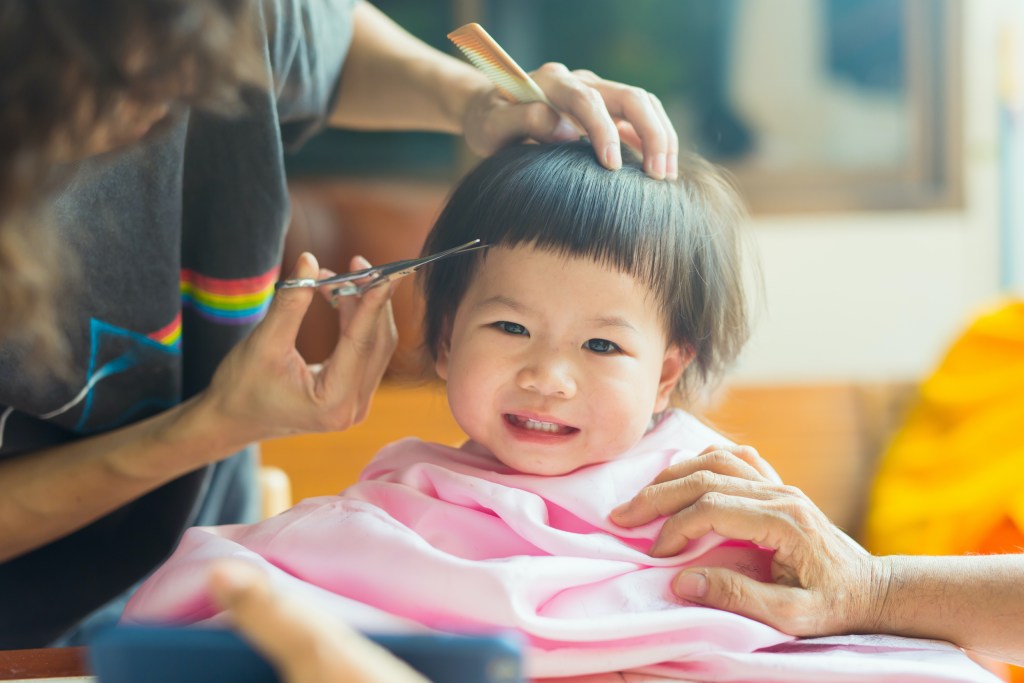
You have options for a baby’s first cut
When it comes to picking how your baby experiences their first haircut, you have options.
There are plenty of choices
- You could cut your baby’s hair yourself.
- You could take your baby to a typical salon (call ahead to see if they have a qualified child stylist on staff).
- You could take them to a designated children’s salon.
All these options have their own pros and cons. For the first, you get to enjoy the experience in the privacy of your own home. It’s often more convenient and less likely your child will have an emotional time if they’re in a familiar setting. On the other hand, some parents may not trust their own scissors skills.
When taking a child to a salon (whether a normal or designated children’s salon), you have the assurance of a pro who knows what they’re doing. But it could be stressful, depending on your child’s temperament and your own comfort level.

Preparation is everything for parent and child
Help set yourself up for a successful day with a bit of planning and preparation for the big cut.
Timing is key with a baby
For the haircut, make sure you time it correctly. You don’t want your little one to be tired, cranky, or hungry. Consider your child’s normal schedule and go to the salon or start the home haircut when you know they’ll be well-rested and calm.
Distractions are your friends
Keep your child still and content. Rely on favorite toys, electronics, and security items. If at a salon, some infants will be distracted by the mirror in front of them, but others find the mirror frightening as they watch an adult hovering over them and cutting their hair.
You might want to leave the haircut to the pros
Sure, you could DIY your baby’s first trim. But a word to the wise, the bowl cut is strongly discouraged. While there are certain hair care routines you should know, you may want to save this job for professionals. They know how to work shears around a small child’s face.
Go to someone who specifically works with children
What’s more, your usual go-to stylist might do a bang-up job cutting your bangs, but they might not have the patience or skill set to accommodate a toddler in a mid-snip zoomie session. Child-specific haircut destinations have young kids in mind. They may feature fun “ride-on” salon chairs, boast television sets at each station, or have toys for your wee one to enjoy during their appointment.
Pack a bag of familiar comforts
If you do go to a salon, be sure to pack the usual helpers to keep your child content. If your baby takes a binky, keep it on hand during this new and potentially uncomfortable situation. And always, always bring snacks.
Have an extra onesie or top handy in case your baby doesn’t want to wear the salon-provided robe or cape. Yes, lots of littles freak over the capes. At the end of the haircut, swap out your babe’s shirt so they don’t have hair down their back.
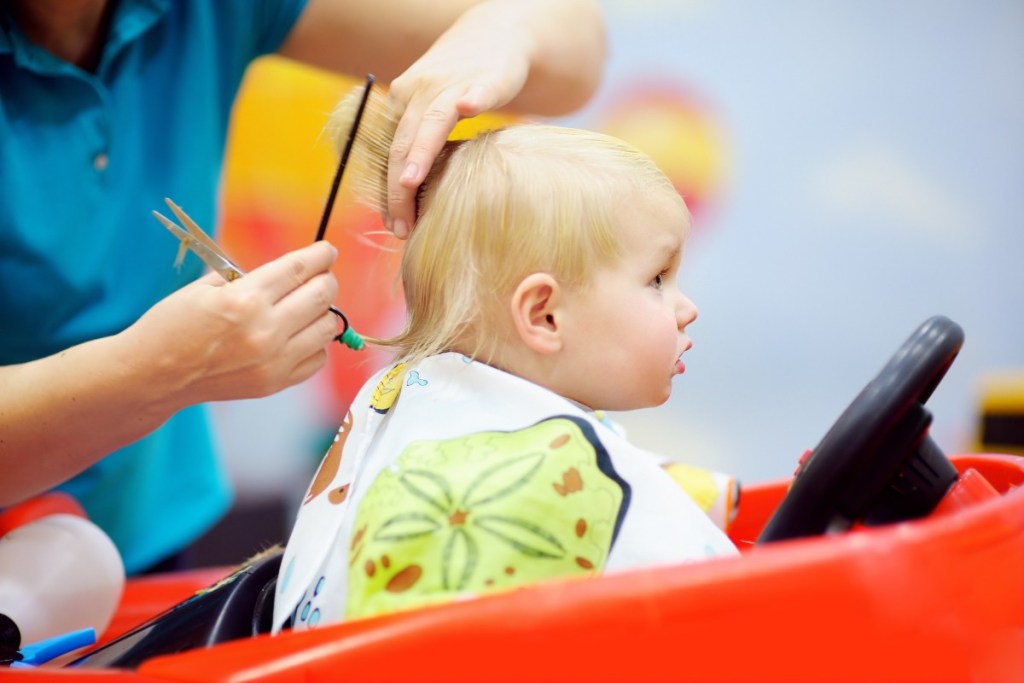
How to handle an emotional release
No matter how prepared you are, your baby might simply not enjoy getting their hair cut. It’s understandable when you consider the fact when getting a first haircut, your baby is often in an unfamiliar environment, surrounded by loud noises and strange people. No matter how prepared you are and how many toys or distractions you bring, that’s not always enough to comfort your little one.
If your baby has a hard time during their first haircut, don’t panic. If you’re not able to distract your little one and calm them down, sometimes it’s best to cut the appointment short and try again another time. You don’t want to make getting a haircut a traumatic experience for your baby, so sometimes it’s best to try again on a different day.
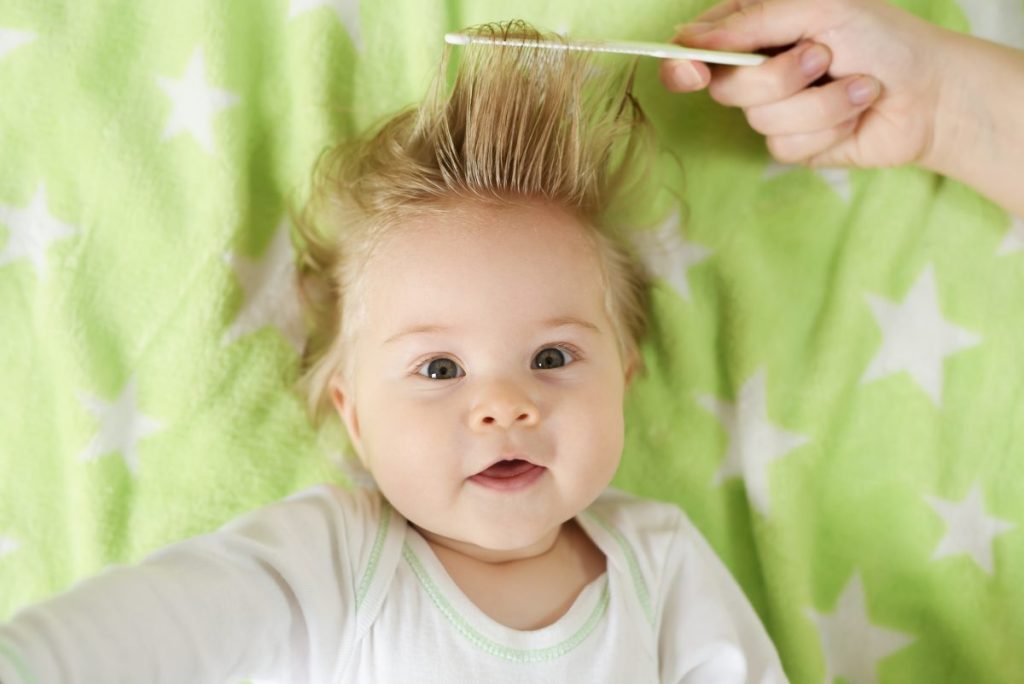
Cutting your baby’s hair at home isn’t as hard as you think
If you decide to go the at-home route for the first haircut, it’s not so difficult. All you need are blunt scissors and the tiniest bit of skill (and by tiniest, we mean the ability to get the ends sort of straight). Follow every preparation tip for a salon cut for your home haircut. Your first attempt might not go as planned — and that’s totally fine. There’s no need to worry about it.
Watching them sit in the chair as the barber looks to see if you are ready for that first snip will bring out a sea of emotions you may not be ready for. If your infant screamed the entire time the stylist was in their vicinity, home cuts might be in your future for a bit.

Don’t feel pressured for the first haircut
Parents, your child is a baby. They will not remember the first haircut. They won’t remember if it went well, if it went horribly, or if it happened at all. The pressure to give your child a haircut will be there, whether from your parents, friends, or random strangers giving you their pair of pennies.
You don’t have to make your child’s first haircut by a certain month or birthday. You don’t need to cut your baby boy’s hair once it gets longer than a few inches. There is already so much pressure on parents on every little thing you do, don’t add to it.
Some parents love to watch their child’s hair grow, and if longer hair is not bothering them, take all the time you need to cut the hair. They grow up so fast, and all the milestones in those first few years come and go so quickly. If you want to hang on to one — like a first haircut — for a little later, go ahead.
But, however and whenever you end up cutting your baby’s hair, and no matter the result, enjoy this important milestone in your child’s life. It’s one of many you have to look forward to as a parent, and one that you get to do in your own time and pace. Not all firsts have to end in tears, and with our tips, you and your baby will get through the first haircut with dry eyes. Well, at least your baby will.

